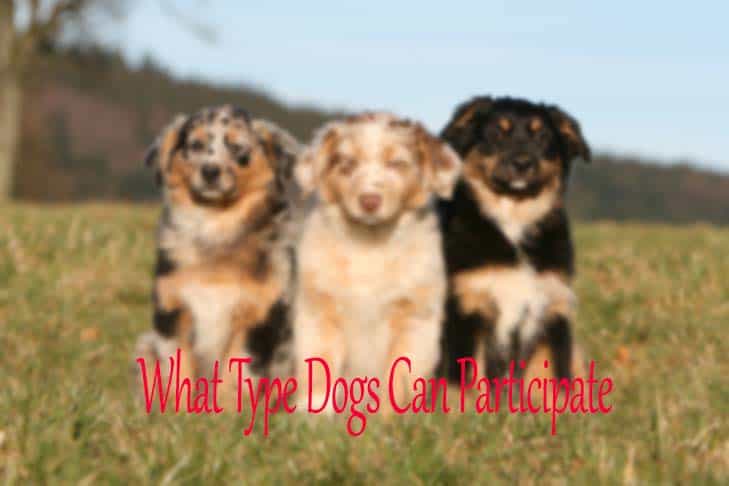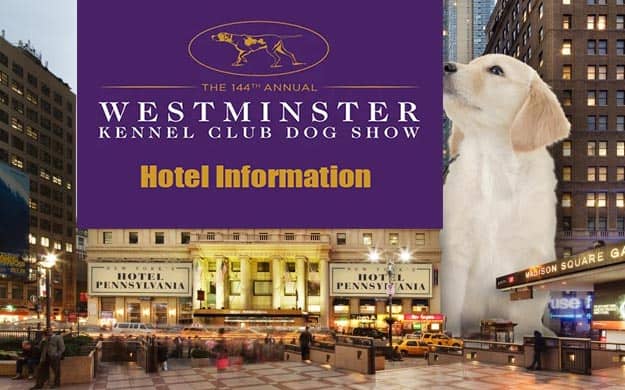Have you ever heard the term “dog and pony show” and wondered about its actual meaning? In this blog post titled “Unveiling the Definition of a Dog and Pony Show: What You Need to Know,” we delve into the essence of this expression. A dog and pony show refers to a flashy presentation or event that is elaborately staged to impress or distract, often with little substance behind it. By understanding the dog and pony show definition, you can navigate through situations where appearances may be deceiving.
Understanding the Concept of a Dog and Pony Show
A dog and pony show is a term used to describe a presentation or event that is elaborately staged for the purpose of creating an impressive impression, often to distract from the lack of substantial content. In the context of business or politics, it refers to a flashy or dramatic display intended to sway opinions or garner attention.
Origin of the Term
The origin of the term “dog and pony show” can be traced back to the 19th century when traveling circuses would use dogs and ponies in their performances to attract an audience. Over time, the term evolved to represent any presentation that prioritizes style over substance.
Characteristics of a Dog and Pony Show
Typically, a dog and pony show involves a high level of theatrics, including flashy visuals, music, and scripted dialogues, aimed at captivating and entertaining the audience. While such presentations may be visually stimulating, they often lack in-depth information or meaningful content.
- Key Characteristics:
- Emphasis on style over substance
- Use of impressive but superficial elements
- Intent to sway opinions through spectacle

Origin and History of the Term
The term “dog and pony show” originated in the early 20th century and was commonly used in the entertainment industry to describe a small-scale, low-budget traveling circus act that featured trained dogs and ponies performing tricks for audiences. Over time, the term evolved to symbolize any flashy or elaborate presentation intended to impress or distract rather than inform or educate.
Evolution of the Term
Originally used in a literal sense to describe small circus acts, the term “dog and pony show” gained figurative meaning in the corporate and political arenas. It came to represent presentations or events that are superficial, gimmicky, or insubstantial, aimed at creating an illusion of significance or importance rather than delivering genuine value.
The term has been widely used in media and popular culture to criticize ostentatious displays or performances that lack substance or authenticity, highlighting the prevalence of style over substance in various contexts.
Contemporary Usage
In the contemporary context, the term “dog and pony show” is frequently applied in business settings to describe elaborate but ultimately superficial marketing campaigns, product launches, or corporate events that prioritize style and spectacle over genuine content or innovation.
With the rise of social media and digital marketing, the pressure to create visually appealing but often hollow presentations has led to an increase in the prevalence of dog and pony shows across industries seeking to capture audience attention through flashiness rather than meaningful engagement.

Examples of Dog and Pony Shows
A dog and pony show is a term often used in the business world to describe a flashy presentation or event that is designed to impress but lacks real substance. Let’s explore some examples of dog and pony shows that showcase this concept in action.
Product Launch Events
One common example of a dog and pony show is a product launch event that focuses more on glitz and glamour than on the actual features and benefits of the product being introduced. Companies may invest heavily in creating a visually stunning event to distract from any potential shortcomings of the product.
At these events, marketing hype and high-energy presentations often take center stage, while essential details about the product may be glossed over.
Corporate Annual Meetings
Another example of a dog and pony show can be seen in corporate annual meetings where executives may spend more time touting their successes in a celebratory manner rather than addressing any challenges or failures the company may be facing.
These meetings may use carefully crafted speeches and impressive visual aids to create an illusion of success, even if the reality is less rosy.
Trade Show Booths
Trade shows are notorious for being hotbeds of dog and pony shows. Companies often invest significant resources in creating elaborate trade show booths that attract attention through eye-catching displays and entertainment, rather than truly showcasing their products’ value.
Attendees may leave these booths impressed by the spectacle but with little real understanding of how the products can benefit them.

Common Characteristics of Dog and Pony Shows
When looking at the dog and pony show definition, it’s important to understand the common characteristics that define these types of events. These shows are typically characterized by their display of elaborate performances and spectacles aimed at impressing or distracting an audience.
High Level of Showmanship
Dog and pony shows often involve a high level of showmanship where performers go to great lengths to entertain and captivate their audience. This can include elaborate costumes, choreographed routines, and impressive feats of skill.
- Elaborate costumes
- Choreographed routines
- Impressive feats of skill
Distraction Tactics
In a dog and pony show, distraction tactics are commonly employed to divert attention from any underlying issues or flaws. These tactics can range from flashy presentations to excessive use of props to keep the audience focused on the performance rather than the substance.
- Flashy presentations
- Excessive use of props
- Keeping the focus away from substance
How Dog and Pony Shows are Used in Various Contexts
A dog and pony show, in its most literal sense, refers to a presentation or event that is extravagant but with little substance. This term originated in the United States circus industry to describe a small-scale traveling circus that mainly featured dogs and ponies.
Corporate World
In the corporate world, a dog and pony show is often used to refer to flashy presentations or demonstrations with the sole purpose of impressing stakeholders or investors rather than focusing on actual content. Companies may use these shows during product launches or financial meetings to divert attention from underlying problems.
Politics
Politicians frequently engage in dog and pony shows during election campaigns, where they make big promises and grand gestures to sway voters’ opinions. These displays are meant to capture attention and create a positive image, even without concrete plans or solutions.
- Image for illustration purposes:
Frequently Asked Questions
- What is a dog and pony show?
- A dog and pony show is a term used to describe a presentation or event that is elaborate, over-the-top, or showy, but lacking in substance or meaningful content.
- Where did the term ‘dog and pony show’ originate?
- The term ‘dog and pony show’ is believed to have originated in the United States in the late 19th century, referring to small traveling circuses that featured dogs and ponies performing tricks to attract audiences.
- How is the term ‘dog and pony show’ used in a business context?
- In a business context, ‘dog and pony show’ is often used to describe a situation where a company puts on a flashy presentation or event to impress clients, investors, or the public, even if the substance or value behind it is lacking.
- What are some characteristics of a typical dog and pony show?
- Characteristics of a typical dog and pony show may include excessive use of visuals, gimmicks, or theatrics to distract from the lack of real content, substance, or value.
- How can one avoid falling for a dog and pony show?
- To avoid falling for a dog and pony show, it is important to look beyond the flashy presentation and assess the actual content, value, and substance of what is being presented. Asking critical questions and seeking evidence to support claims can help distinguish between a genuine offering and a superficial display.
Unlocking the Essence of a Dog and Pony Show
As we unravel the intricacies of a dog and pony show, we discover a term deeply rooted in showmanship and deception. Understanding its definition empowers us to discern between substance and spectacle, especially in professional settings. The concept of a dog and pony show serves as a reminder to look beyond the facade and focus on authentic content.
In a world where appearances can be deceiving, being aware of the tactics employed in a dog and pony show equips us to navigate through situations with clarity and insight. It reminds us to prioritize substance over style, and to value authenticity over mere theatrics.
So, the next time you encounter a situation that seems too good to be true, remember the essence of a dog and pony show and delve deeper to uncover the truth beneath the glittering surface.



